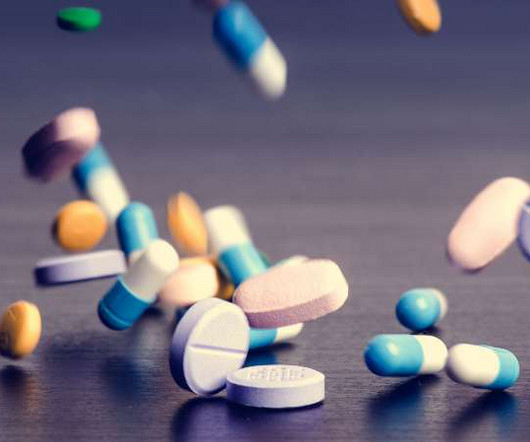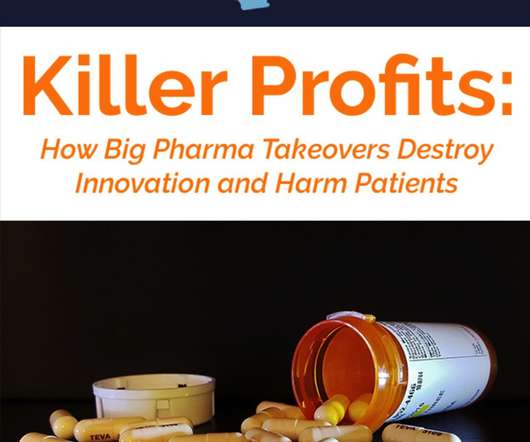In the News: October Regulatory and Development Updates
Camargo
NOVEMBER 11, 2020
When the FDA requires a product’s labeling to include a boxed warning (also called a “black box warning” because the text is surrounded by black border), the potential market value of the drug often drops severely. Presumably, Antares’ long-established 90-person urology sales force can achieve pull-thru of this drug product.













Let's personalize your content